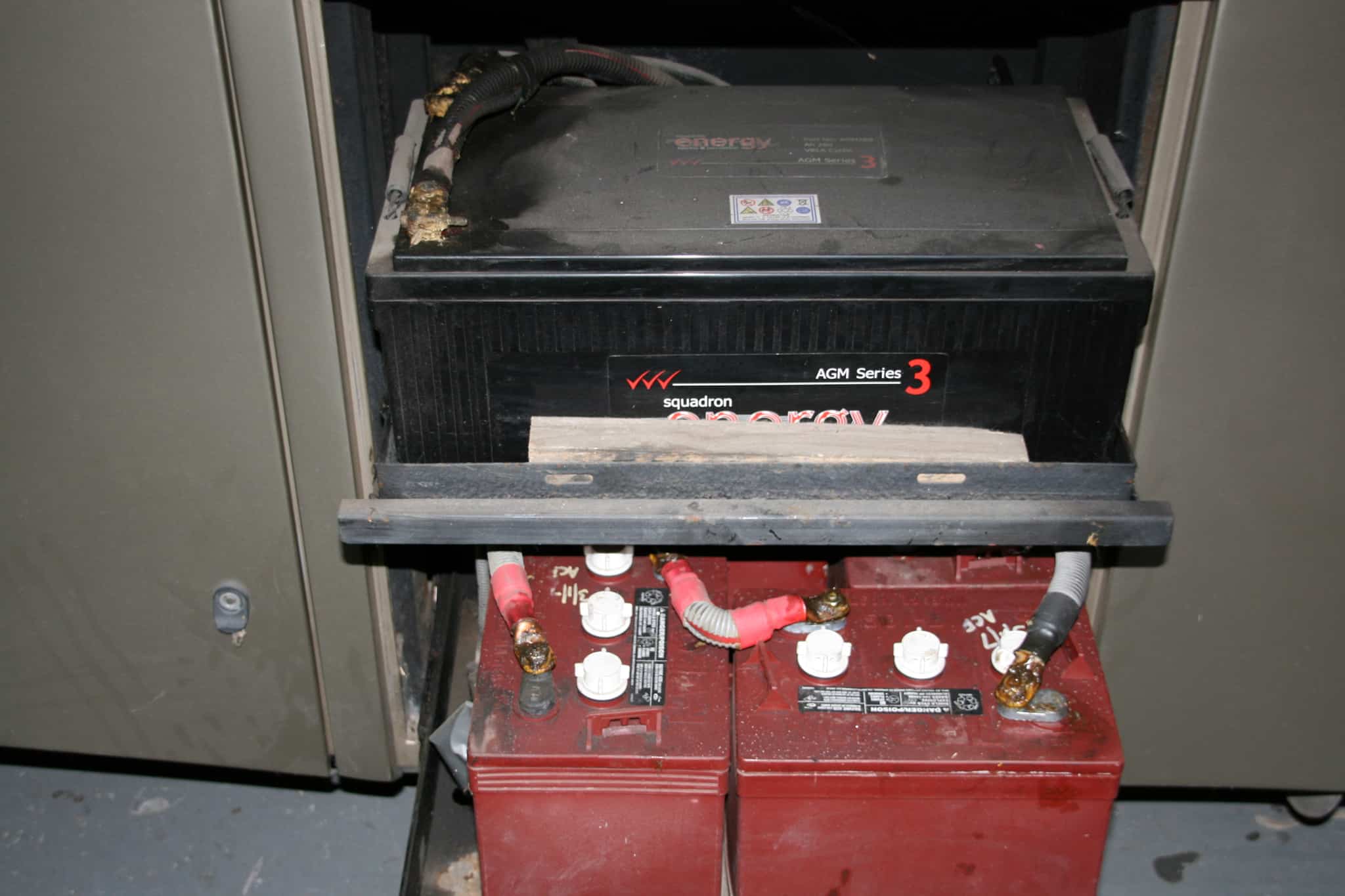
When it comes to powering our modern gadgets and devices, batteries play a crucial role. One type of battery that has gained popularity in recent years is the AGM (Absorbent Glass Mat) battery. AGM batteries are known for their excellent performance and reliability, making them a popular choice for various applications such as automotive, marine, and solar power systems.
However, like any technology, AGM batteries do have their limitations. In this article, we will explore the main disadvantage of an AGM battery and understand its implications. Whether you are considering AGM batteries for your next power solution or simply curious about its drawbacks, read on to discover why AGM batteries may not be the perfect choice in every scenario.
Inside This Article
Main Disadvantages of an AGM Battery
AGM (Absorbent Glass Mat) batteries have gained popularity in recent years due to their numerous advantages. However, there are some downsides to using AGM batteries, which are important to consider before making a purchasing decision. In this article, we will discuss the main disadvantages of AGM batteries.
Limited Depth of Discharge: One of the main disadvantages of AGM batteries is their limited depth of discharge. AGM batteries are designed to operate within a specific range of discharge, typically around 50% to 80%. Going beyond this range can significantly reduce the battery’s lifespan and overall performance. This limitation makes them less suitable for applications where deep discharge is necessary, such as in off-grid solar systems or electric vehicle conversions.
Sensitive to High Temperatures: AGM batteries are also sensitive to high temperatures. Exposing an AGM battery to extreme heat can cause rapid degradation and significantly reduce its lifespan. This sensitivity to heat makes AGM batteries less suitable for use in hot climates or environments where temperature control may be challenging, such as automotive engine compartments or outdoor enclosures.
Higher Cost Compared to Other Battery Types: AGM batteries tend to be more expensive compared to other battery types on the market. This is mainly due to the complex manufacturing process and the advanced technology used in their design. While the initial cost of an AGM battery may be higher, it is important to consider the longer lifespan and maintenance-free operation that AGM batteries offer, which can offset the higher upfront investment over time.
Complex Manufacturing Process: AGM batteries require a complex manufacturing process, which contributes to their higher cost. The absorbent glass mat separators used in AGM batteries are more intricate to manufacture compared to other battery types, adding to the overall production complexity. This complexity can also lead to a lower production capacity and potential supply constraints in the market.
Conclusion
In conclusion, while AGM batteries have many advantages such as their maintenance-free nature, deep cycling capabilities, and resistance to vibration, they do have one main disadvantage: their sensitivity to high temperatures. AGM batteries are more prone to heat damage compared to other types of batteries, which can significantly reduce their lifespan and performance.
Therefore, it is crucial to take appropriate precautions to prevent AGM batteries from being exposed to excessive heat. This includes installing them in well-ventilated areas, using thermal insulation or shielding, and avoiding overcharging or over-discharging. By following these guidelines, you can help optimize the lifespan and performance of your AGM battery.
Despite this disadvantage, AGM batteries remain a popular choice for various applications, including automotive, marine, and renewable energy systems. Their ability to deliver high power output, long cycle life, and maintenance-free operation makes them a reliable and efficient power source.
Whether you choose an AGM battery or another type of battery, it is essential to consider your specific needs, budget, and the environmental conditions in which the battery will operate. By doing so, you can make an informed decision and choose the best battery solution to meet your requirements.
FAQs
Q: Are AGM batteries more expensive than traditional lead-acid batteries?
A: Yes, AGM batteries are generally more expensive than traditional lead-acid batteries. This is because AGM batteries use advanced technology and materials that offer several benefits over traditional batteries, such as enhanced durability, faster recharging times, and better performance in high-demand situations.
Q: Can AGM batteries be used in any type of vehicle?
A: AGM batteries are suitable for a wide range of vehicles, including cars, motorcycles, boats, recreational vehicles (RVs), and more. They are especially popular in vehicles that require a reliable power source and can benefit from the superior performance offered by AGM technology.
Q: How long do AGM batteries typically last?
A: AGM batteries have a longer lifespan compared to traditional lead-acid batteries. On average, AGM batteries can last anywhere from 3 to 5 years, depending on factors such as usage, maintenance, and charging habits. Regular maintenance and proper charging techniques can help extend the lifespan of an AGM battery.
Q: Can AGM batteries be used in extreme weather conditions?
A: Yes, AGM batteries are designed to be more resilient in extreme weather conditions compared to traditional batteries. They can withstand both high and low temperatures without sacrificing performance or durability. This makes AGM batteries an excellent choice for vehicles that operate in harsh environments.
Q: Can AGM batteries be recharged quickly?
A: Yes, one of the advantages of AGM batteries is their ability to recharge quickly. AGM batteries have a low internal resistance, allowing them to accept charge at a faster rate compared to traditional batteries. This makes them ideal for vehicles that require frequent recharging or for situations where a fast recharge is essential.
